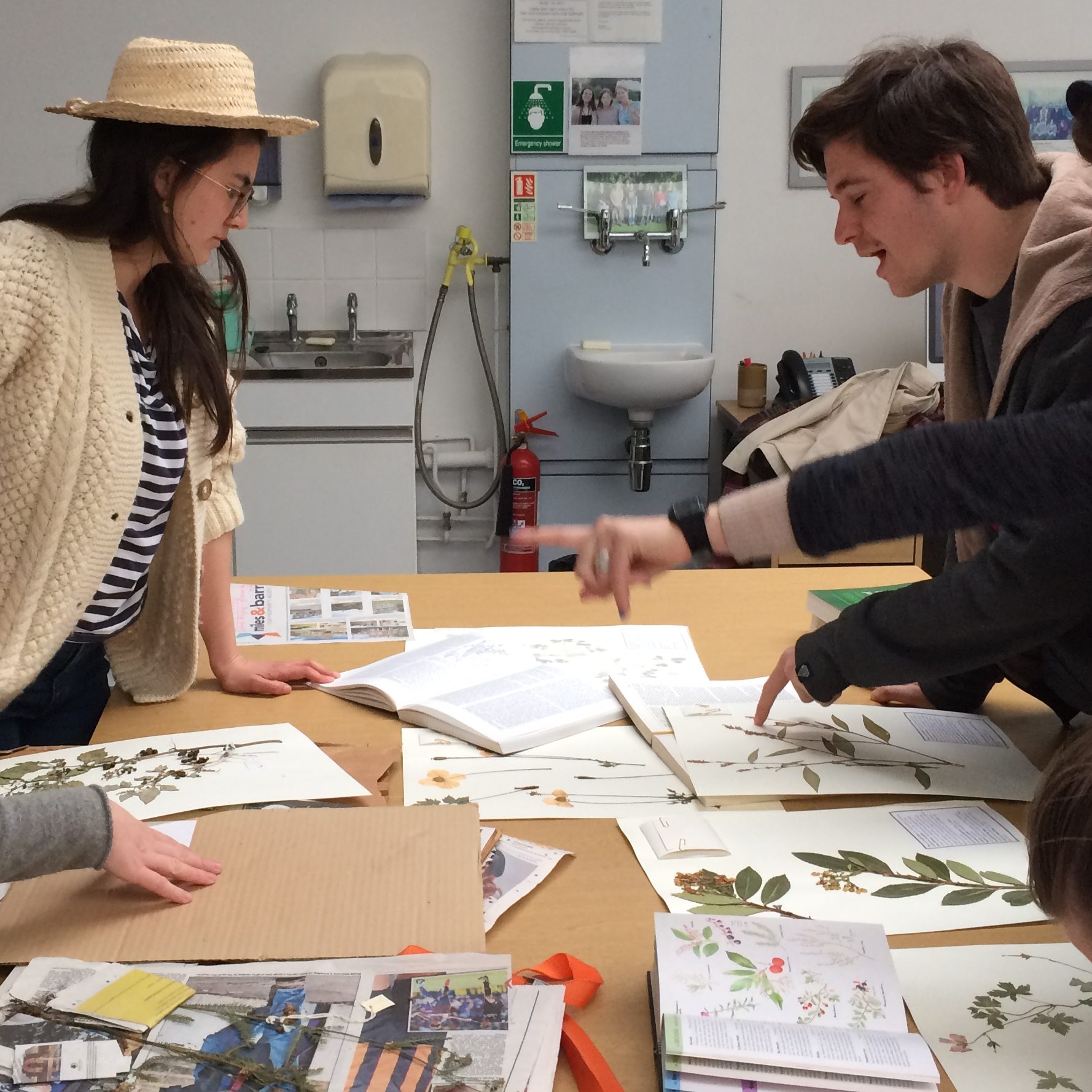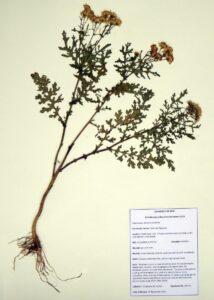
Catalogue and voucher specimens of Kent ethnobotanical flora collected by Ethnobotany MSc students
Since 1998, Ethnobotany students have been collecting plants in Kent, preparing voucher specimens and researching their ethnobotanical significance. In Ethnobotany, we use vouchers for several reasons, primarily to correlate vernacular names for plants used everyday by people with corresponding Latin names used in Linnean bota nical classification. However, establishing correspondences between local vernacular and scientific categories is seldom straightforward. If made though, these correspondences can open up a global database of information about a plant, which can then facilitate comparative studies of plant use among peoples speaking different languages and having different cultural traditions. Scientific analyses of plant constituents, physiology and ecology can also be discovered. Once prepared, voucher specimens can also be used as a prompt in interviews on people-plant relationships, which is especially useful when plants are not available to view or participants are unable to travel to see them in situ.
nical classification. However, establishing correspondences between local vernacular and scientific categories is seldom straightforward. If made though, these correspondences can open up a global database of information about a plant, which can then facilitate comparative studies of plant use among peoples speaking different languages and having different cultural traditions. Scientific analyses of plant constituents, physiology and ecology can also be discovered. Once prepared, voucher specimens can also be used as a prompt in interviews on people-plant relationships, which is especially useful when plants are not available to view or participants are unable to travel to see them in situ.
The searchable KEH digital database includes botanical and ethnobotanical information and a photograph, and can be found here: https://research.kent.ac.uk/kent-ethnobotanical-herbarium/
We thank all our former Ethnobotany MSc students for their fine work in producing the vouchers, and Mercy Morris and Filippo Zeffiri for creating the herbarium, compiling the database and taking the photographs. Thanks to Allen Tullet, at Kent’s Web and Learning Development group, for building the website. The project was funded by the School of Anthropology and Conservation and the Division of Human and Social Sciences at Kent.
The KEH is now listed on the Index Herbariorum at the New York Botanical Garden, as UKC.
For more information, contact Dr Raj Puri (R.K.Puri at kent.ac.uk) Convenor of the Ethnobotany MSc Programme.